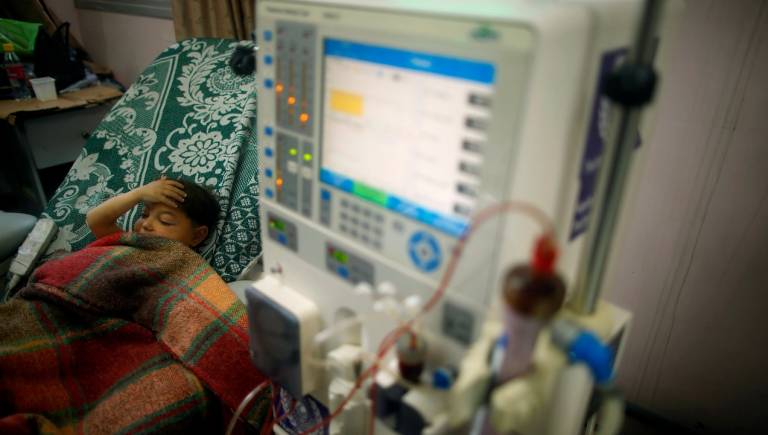The diagnostic firm said it will leverage its Rs 500 crore cash pile to fund its buyout plans in coming months.
Dr Lal Pathlabs, India’s largest diagnostic chain, said it’s looking at acquisitions to gain a foothold in West and South as it wants to grow beyond its home market of North India.
The diagnostic firm said it will leverage its Rs 500 crore cash pile to fund its buyout plans in coming months.
In FY17 Dr Lal Pathlabs had sales of Rs 912.3 crore of which North India constituted 70-72 percent, East contributed 12‐13 percent, and South and West together contributed 13‐14 percent.
The company wants to correct this imbalance through acquisitions in West and South India. The company said it has identified about 10-15 regional diagnostic firms that it deems fit for its inorganic strategy.
“We have done most of the acquisitions before 2012, actually for last 5-6 years there hasn’t been any reasonable acquisition, our investors also do ask this question,” said Om Manchanda, Whole Time Director and Chief Executive Officer of Dr Lal PathLabs in an exclusive interview to Moneycontrol at his office in Gurugram.
“We are sitting on a good pile of cash. It's a good problem to have. We know for sure that larger companies in this space have only became larger by doing consolidation. We are waiting for the right moment where we get good quality assets at the right price,” Manchanda added.
Manchanda didn’t provide a timeframe for the proposed acquisition plan but added that the valuations of diagnostic companies have tapered off a bit now from the past year or year-and -half.
“For me the challenge in the business is to have access to South and West, especially consumer facing business not the institutional business. It's very challenging to go into other markets and establish organically,” he said.
To be sure, acquisitions for Dr Lal Pathlabs are nothing new – the 52-year old Manchanda, an IIM-Ahmedabad alumni having stints with Hindustan Unilever, Monsanto and Ranbaxy before joining Dr Lal Pathlabs in 2005, built the company by stitching together a dozen deals.
He has been credited for bringing vigor into the standalone diagnostic laboratory set up by late Dr SK Lal, a retired army major in 1949 into a chain of 189 clinical laboratories. His son Arvind Lal is the promoter and CMD of the company.
Dr Lal Pathlabs over the years has disrupted the diagnostic industry establishing standard operating procedures for labs, collection centres and sales operations.
Each lab and collection centre is linked with a central server on a real-time basis – helping the company manage the entire network in an integrated manner.
The catalogue of services offered includes 1,110 test panels, 2,028 pathology tests and 1,561 radiology and cardiology tests.
“Running a diagnostic chain is operationally somewhat similar to running an e-commerce company today,” Manchanda says.
In the USD 4 billion diagnostics market – organised retail chains corner just 15 percent, while hospitals have 37 percent and rest is unorganised run by thousands of small standalone labs run by pathologists and radiologists.
But analysts flush with private equity funds – the regional laboratories have started scaling up and now pose serious competition to established players leading to price erosion.
“Organised diagnostics players have demonstrated strong growth thus far, propelled by strong underlying growth of the sector as well as wresting market share from unorganised players,” said Edelweiss Securities in its sector report on diagnostics.
“However, the sector landscape is undergoing a rapid shift with private equity (PE) capital enabling subscale players to become more aggressive in the market, and the hospital chains/corporate houses seeding diagnostics ventures,” Edelweiss said.
Manchanda says he isn’t perturbed and sees it as an opportunity for consolidation in the future.
"PE firms will only improve service and corporate governance standards, they bring the industry to a more level playing field," Manchanda said.
Despite competition Manchanda said he is confident of his company achieving 15-16 percent revenue growth.